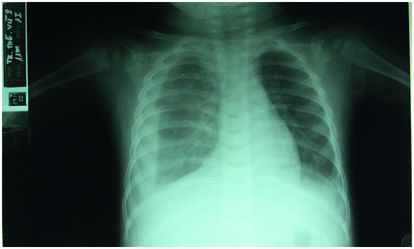Figure 183.1. Hemorrhagic manifestations in dengue patients.
Panel A illustrates a petechial rash in a child with dengue. Panel B illustrates minor bleeding around injection sites. Panel C illustrates a hematoma in a patient with severe dengue. Panel D illustrates a characteristic confluent petechial rash in the recovery phase.
Critical phase
During the transition from the febrile to afebrile phase, patients without an increase in capillary permeability will improve uneventfully. In a small proportion of patients, systemic vascular leak syndrome becomes apparent, evidenced by increasing hemoconcentration, pleural effusions, and ascites (Figure 183.2). The degree of increase above the baseline haematocrit often reflects the severity of plasma leakage. In less severe cases, these changes are minimal and transient, reflecting a mild degree of plasma leakage, and patients will recover spontaneously. In more severe cases, when plasma loss is critical, shock ensues. Shock (dengue shock syndrome) is often preceded by warning signs. The warning signs of impending deterioration include abdominal pain or tenderness; persistent vomiting; mucosal bleeding; lethargy, restlessness; tender hepatomegaly; and an increase in hematocrit concurrent with a rapid decrease in platelet count. The patient in shock may die within 12 to 24 hours if appropriate treatment is not promptly administered, or recover rapidly following proper intravenous fluid therapy. Uncorrected shock can lead to severe complications with development of multiple organ dysfunctions, respiratory failure, metabolic acidosis, severe gastrointestinal bleeding, and a poor prognosis.

Figure 183.2. Systemic vascular leak syndrome evidenced by pleural effusion in an infant dengue patient.
Hemorrhagic manifestations are most common during this critical period. In children, significant bleeding is usually associated with profound and prolonged shock. However, major skin bleeding and/or mucosal bleeding may occur in adults with only minor plasma leakage (Figure 183.1, Panel C). Moderate-to-severe thrombocytopenia, transient increase in the activated partial-thromboplastin time, and a decrease in fibrinogen levels are frequently noted. Severe organ impairment such as severe hepatitis, encephalitis, or myocarditis and/or severe bleeding may infrequently occur without obvious plasma leakage or shock.
Convalescent phase
Most dengue patients will recover rapidly and uneventfully within 24-48 hours after shock has been reversed. Indicators of recovery include improved general condition, stable vital signs, and the return of appetite, diuresis and sinus bradycardia. Some patients develop a characteristic confluent petechial rash with small round areas of normal skin on their lower extremities (Figure 183.1, Panel D). Some patients have signs of fluid overload (respiratory distress, pulmonary edema, or heart failure associated with gross peripheral edema, large pleural effusions, and ascites) due to excessive intravenous therapy and reabsorption of extravasated plasma from the interstitial compartment.
Diagnosis
Clinicians should suspect dengue in persons who live in or travel to a dengue-endemic area (South-East Asia, the Americas, the Western Pacific, and
Stay updated, free articles. Join our Telegram channel

Full access? Get Clinical Tree





